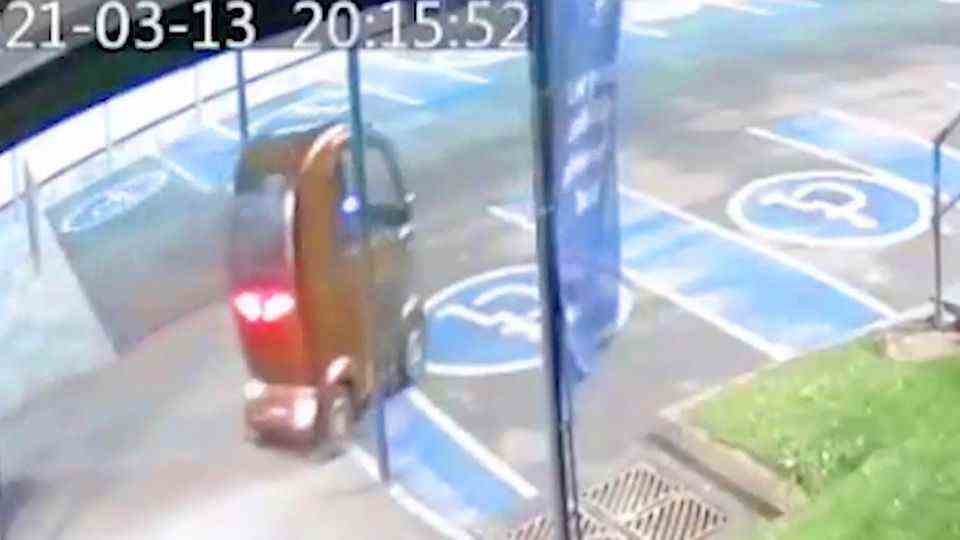Keyless Go
Only 24 out of 500 cars safe: ADAC warns of remote keys with Keyless Go
A crowbar was yesterday: Today, car theft is also possible with mobile devices, without leaving any traces.
© izusek / Getty Images
For years, the ADAC has been warning of insecure radio keys in modern cars – apparently without effect. Current studies show that there are still only a few manufacturers that provide the necessary security.
The General German Automobile Club e. V. (ADAC) has been warning of insecure radio keys in modern vehicles since 2016. The sobering result: only five percent of 500 test cars are now protected from theft by extending the radio signals. Affected are so-called keyless-go systems, i.e. radio keys where approaching the vehicle is enough to open it. This does not mean radio keys that unlock the car at the push of a button.
The process for thieves is very easy and can be carried out with devices for only a few hundred euros. The burglary is limited to extending the radio signals that many keys are constantly sending out. Example: The key to a car is in the house. One person approaches the key with a receiver, another approaches the car with a wireless extension – and off you go.
Drive until the tank is empty – and on
But that’s not the only problem: once the engine is running, I don’t switch off the car if the signal is lost. Thieves could therefore drive until the tank is empty – or even refuel with the engine running. And the ADAC warns: If the car is found, this type of theft rarely leaves any traces, which can lead to problems with claims settlement.
The list of affected cars hardly makes a manufacturer look good: Audi, BMW, Citroen, DS, Fiat, Ford, Honda, Hyundai, Kia, Mazda, Mercedes, Nissan, Opel, Peugeot, Renault, Seat, Skoda, Toyota or VW all models on offer that could easily be driven from the farm in the test. The few KTM, BMW and Ducati keyless go motorcycles that the ADAC also tested did not resist either.
But there is hope: Since 2018, some manufacturers, including Jaguar Land Rover, Audi, Seat, Skoda and VW, have been using a new technology. The use of so-called computer chips with ultra-wide-band technology (UWB) prevents a signal from being extended. In this case, the vehicle can precisely identify the actual distance to the key and only opens if the signal propagation time is plausible, i.e. it comes directly from the key.
Motion sensor is not enough
In 37 tested cars, a motion sensor in the key should provide more security. Here the transmitters switch off their function as soon as no movement has been detected for a certain period of time. However, since switching off takes a while and the key continues to send signals for a few minutes, the ADAC classifies this form of anti-theft protection as insufficient. As soon as thieves would follow the victim, such a sensor would no longer be an obstacle, the club explains.

If you own a vehicle on the list and want to do something, ADAC’s advice is like a bitter pill. You are only safe if you deactivate the function. The fact that the costs for the extras, which are usually subject to a surcharge, were free of charge is a hard blow. According to the report, however, home remedies for signal extension do not work at all.
Aluminum packaging without effect
In discussion forums, for example, one often finds the advice to wrap the keys in aluminum foil to block the transmission of the signal. The ADAC explains that the shielding is not always optimal or that it quickly becomes permeable due to damage.
If you don’t want to switch off the function, the automobile club advises you to keep the keys inside buildings as far away from doors and windows as possible. Unsurprisingly, similar advice applies to motorcycles, and the ADAC also points out that a motorcycle should always be secured with additional locks. A brake disc lock in conjunction with a chain lock (ideally on a ground anchor) makes theft much more difficult.
source: ADAC



